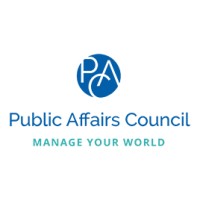
The Digital Chamber
The Digital Chamber is a long-established trade association that sets the bar for advocacy and promotion of the blockchain and digital ledger technology industry. Our mission is to promote the acceptance and use of digital assets and blockchain-based technologies for a better tomorrow. Through education, advocacy, and working closely with public policymakers, regulatory agencies, and industry, we aim to develop a pro-growth legal and regulatory environment that fosters innovation, job creation, and investment.






